A field trip to Nalanda World Heritage Site to study waste management practices at major tourist sites in Bihar
November 11, 2017
By Shikha Shalini, School of Ecology and Environment Studies, Class of 2019
A field trip to Nalanda World Heritage Site was organised by Dr. Aviram Sharma and Dr. Pushpa Kumar Lakshmanan as part of the core courses entitled Environment and Society for students of the School of Ecology And Environmental Studies on November 11, 2017. The objective of the field trip was to expose students to different dimensions of waste management practices at major tourist sites in Bihar and make them aware about the everyday governance of the world heritage site.
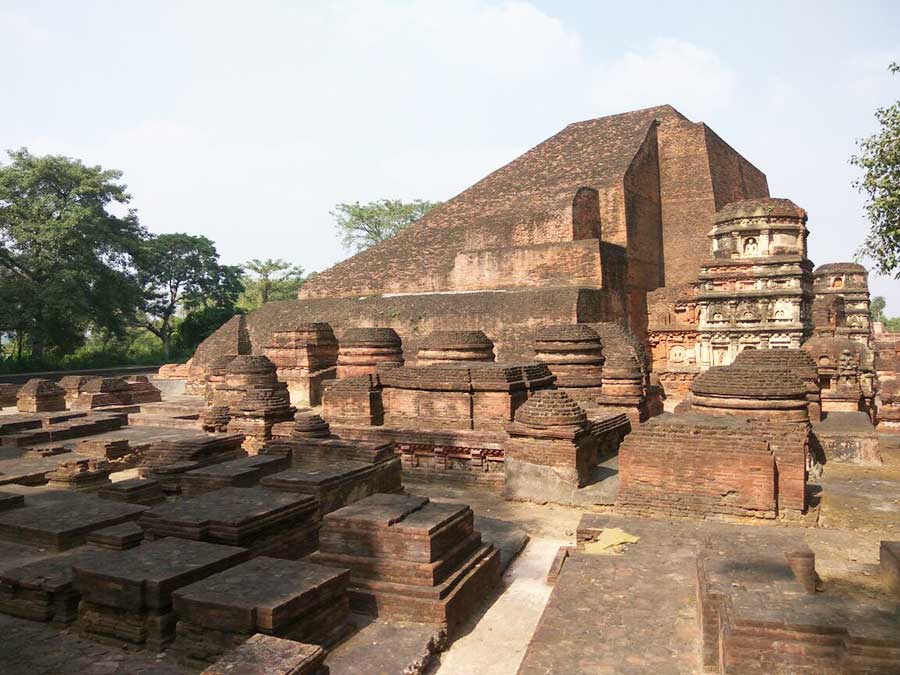
The students were divided into groups and assigned work to collect data and interpret it.
Group 1 was given the task to analyse the waste management at Nalanda Ruins. It was found by the group that the waste generated due to the daily visit of tourist was not segregated due to lack of poor waste segregation knowledge and dumped in the nearby jungle. The waste generally included plastic materials which harmed the environment at large.
Group 2 was asked to find the number of dustbins and drinking water facilities available in the site and outside the site. Being a world heritage site, many criterions are kept under consideration for the tag and the group was assigned to find how well did it fit to that stature. It was found that the site lacked the appropriate amount of dustbins and drinking water facilities were not present. The lack of restrooms forced the tourist to visit the Huein Tsang, a few kilometres away, taking the light away from the site.
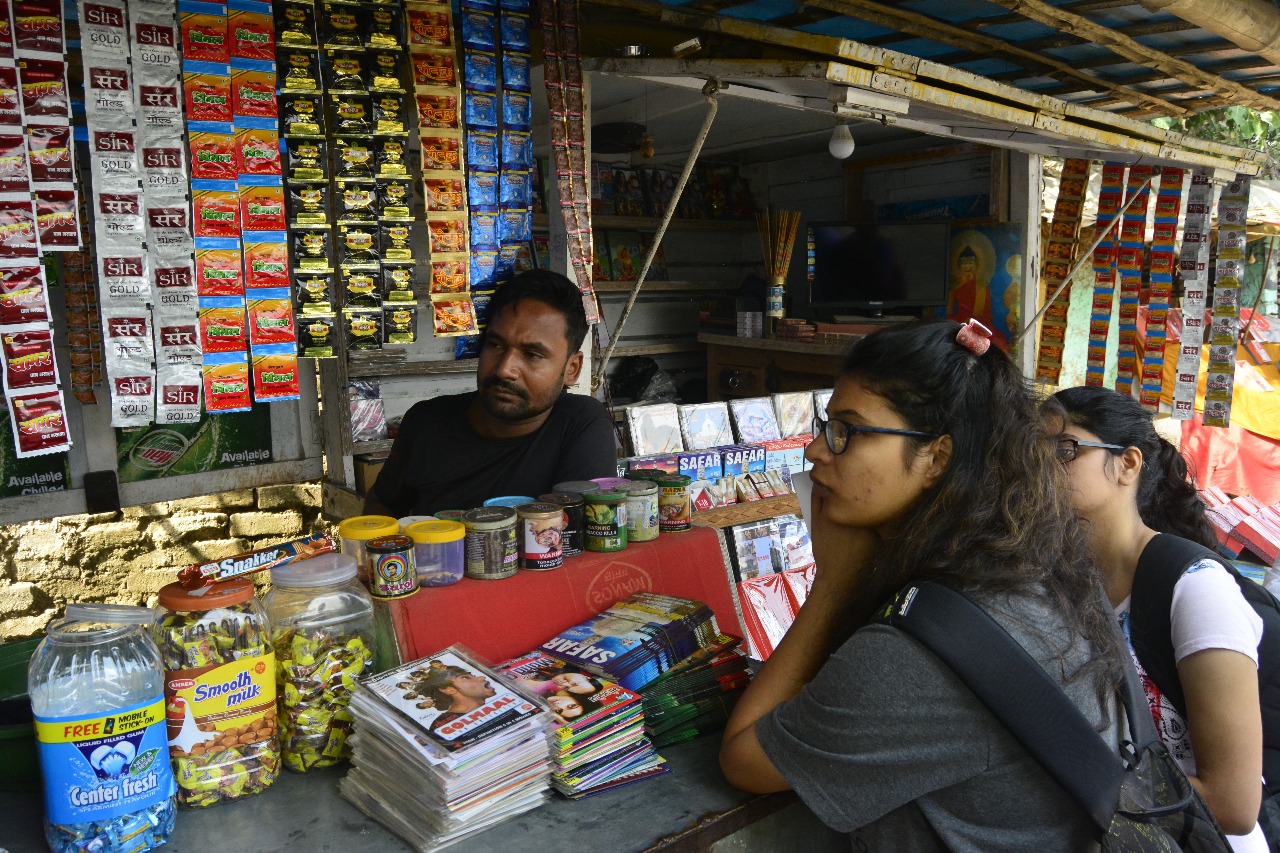
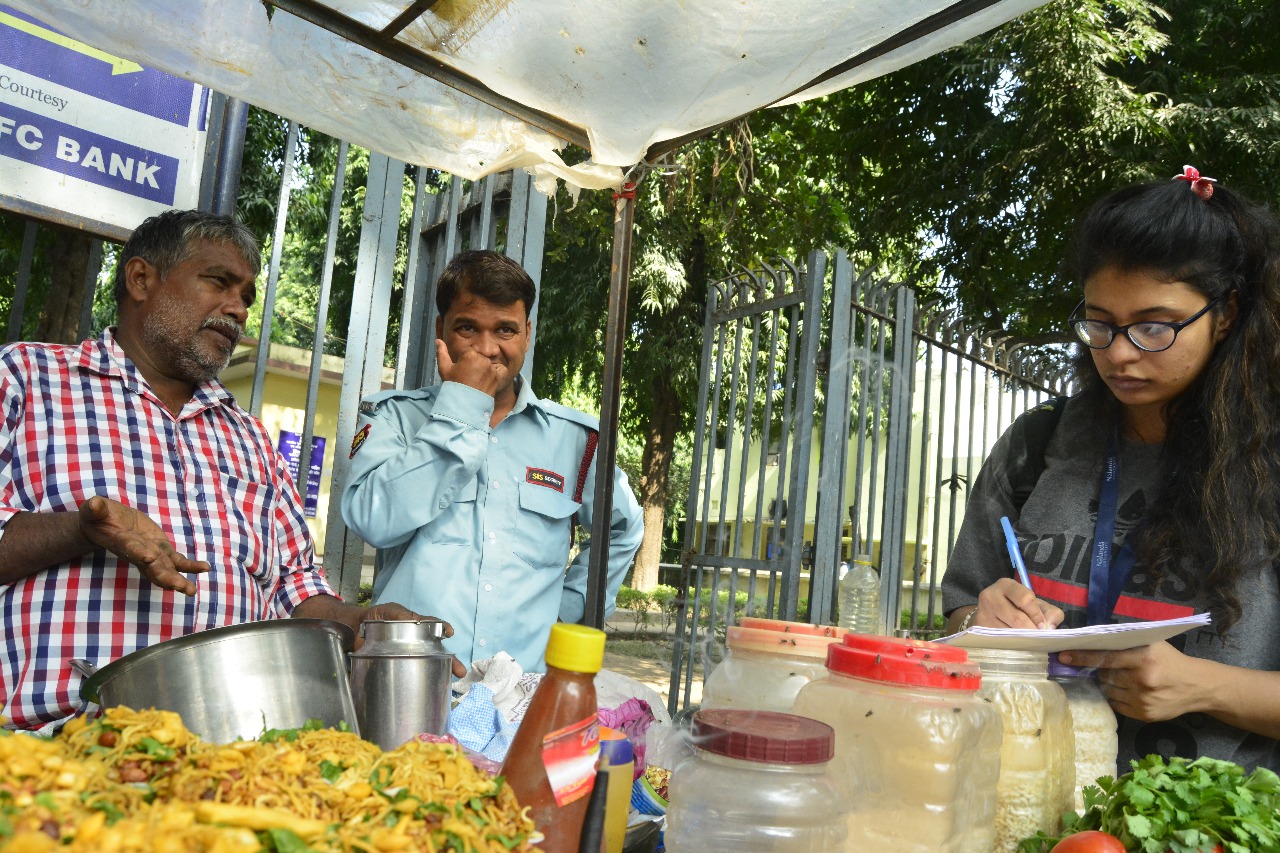
Group 3 was given the task to find about the conservation of site and how State of Bihar and Archaeological Survey of India (ASI) work in synchronisation for conservation. The survey was on willingness to pay for the conservation and preservation of the historical monument. Visitors were asked few questions on the importance and ways of conservation by this group where it was found that conservation practices were lab tested carefully and preservation treatment took place every 3 years.
Group 4 was given the task to collect the shopkeepers profile and have a detailed discussion on how the tag affected the daily wages of the temporary vendors situated outside the site. The students belonging to this group also interacted about the tourist footfall and ways they affected their livelihood. It was found that the tourist who majorly belonged to Buddhist sect came from Burma, Thailand, Sri Lanka and Cambodia. But due to the lack of lodging facilities in Nalanda Ruins site the tourist were forced to leave or skip the place of visit.
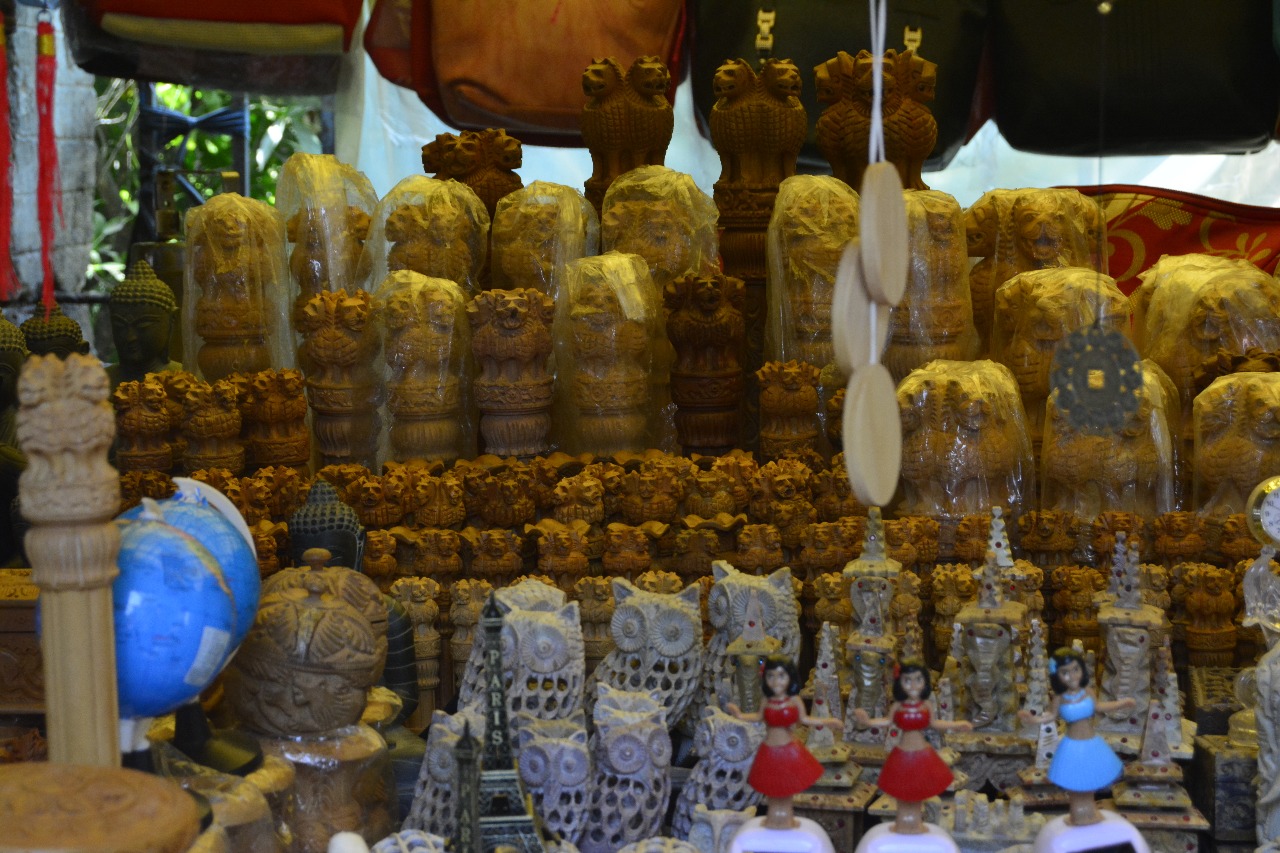
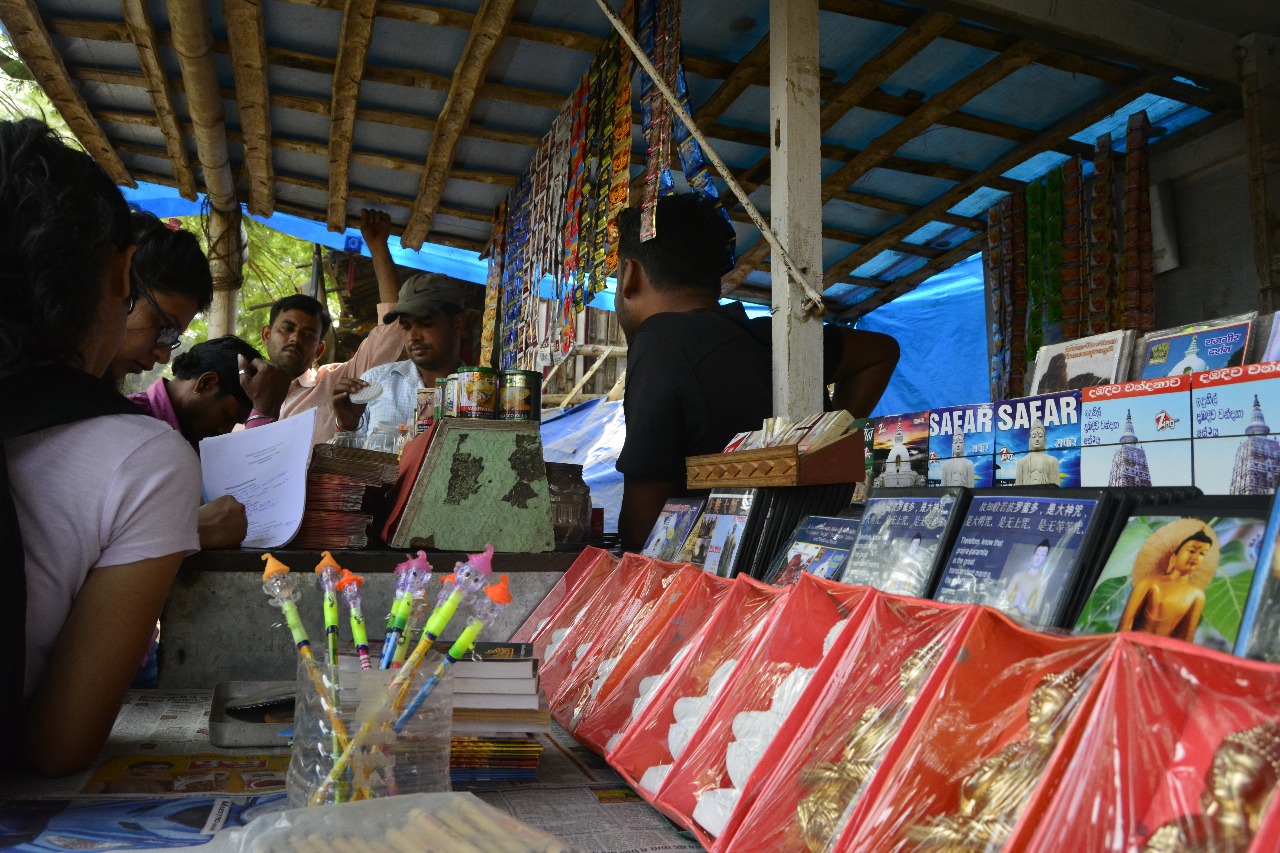
Group 5 was asked to analyse the socio-economic activity and ecotourism. The socio-economic activity of the sites were analysed by acknowledging the people serving in the sites like guides and security who were paid by the organization. The ecotourism of the site was analysed by the tourist who visited this place either for historical or religious values. Many came here for recreational purpose where the range of visitors fell between 800-1000 per day.
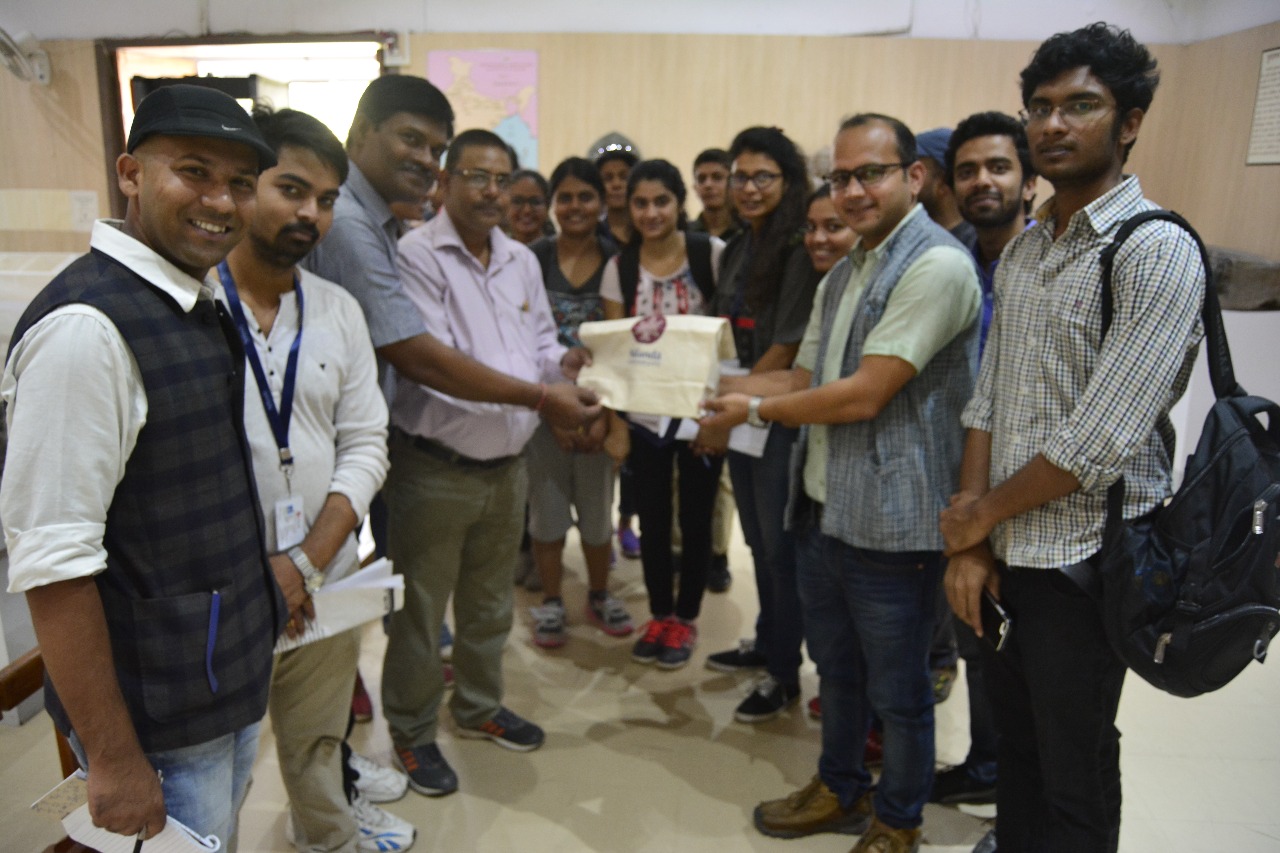
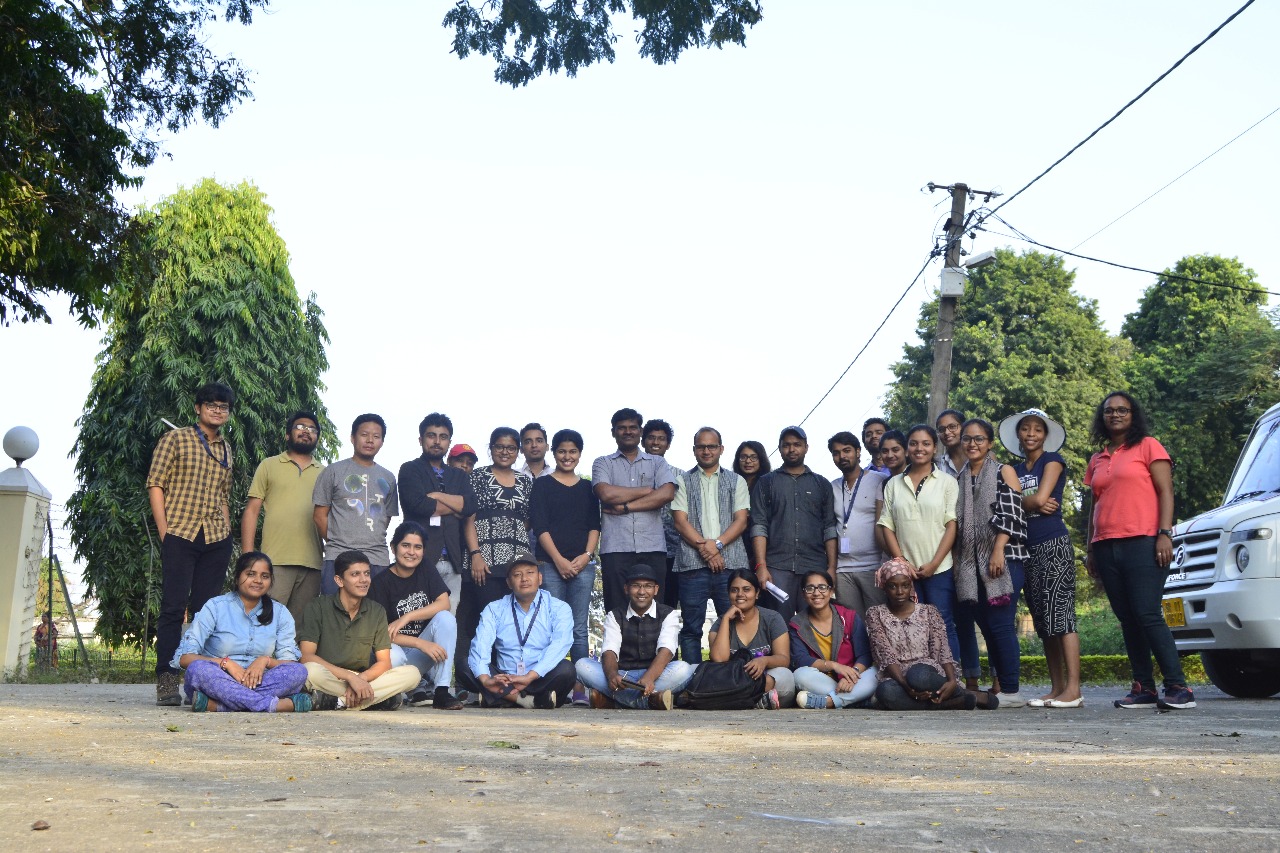
The trip concluded with a detailed analysis and discussion on the findings by the students to resolve the issue and how the site could be preserved and conserved by environmental and societal point of view. The students were asked to submit the report on the same.